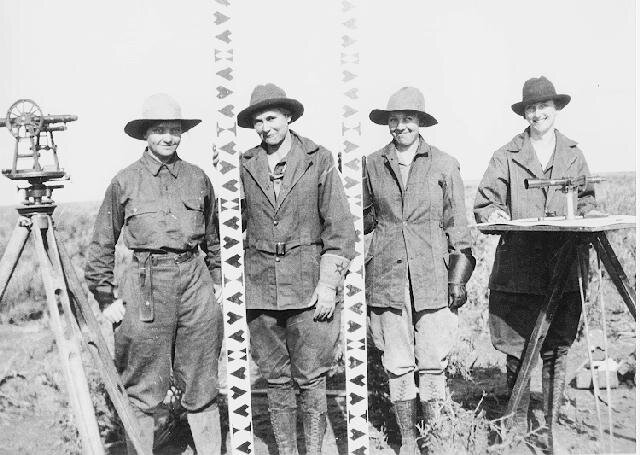
Land Surveyor: Definition
A land surveyor is a professional person with the academic qualifications and technical expertise to measure and plot the lengths and directions of boundary lines and the dimensions of any portion of the earth’s surface (including natural and other structures.) That definition is quite a mouthful, but in actuality the field of surveying (geomatics) includes many other facets.
For the home-owner the land surveyor is the person who locates the boundary of your property and the location of your home within that boundary to determine if there are any encroachments by your neighbors onto you or vice versa. Common encroachments are fences, driveways, etc.
Texas Land Surveyor
Land surveyors in the United States are regulated and licensed by the various state governments. In Texas, the Texas State Board of Licensure for Professional Engineers and Land Surveyors (www.bels.state.al.us) was established in 1935 to protect the public by helping “to safeguard life, health, and property, and to promote the public welfare by providing for the licensing and regulation of persons in the practices of engineering and land surveying.
This purpose is achieved through the establishment of minimum qualifications for entry into the professions of engineering and land surveying, through the adoption of rules defining and delineating unlawful or unethical conduct, and through swift and effective discipline for those individuals or entities who violate the applicable laws or rules.”
As of 2007, a newly licensed land surveyor is required to have a four year degree in surveying or a closely related field and an additional four to eight years of on-the-job training under a licensed land surveyor.
Licensed Land Surveyors are also required to maintain and update their professional knowledge and skills by attending 15 hours of continuing education each year.
In preparation for a typical lot or mortgage survey of your house, a land surveyor may review tax maps, aerial maps, deeds, subdivision plats, zoning ordinances, subdivision regulations and possibly flood maps.
For a typical lot survey the subdivision plat is the most important of these because it gives the exact dimensions of your lot and the relative location of your property corners. The surveyor uses this to locate and/or re-establish your property corners.
In the field the survey crew will find the property corners along with some of your neighbors corners if yours can’t be found, measure the distances and angles between all of the points, locate all improvements on your property, including your house, pool, out-buildings, retaining walls, fences, driveways and sidewalks, etc.
Other improvements like sanitary sewer mains, storm drainage ways, overhead power lines and the like are located because these might indicate an easement across the property. The plat should show these, but they don’t in all cases. We’ll talk about easements in a later article.
Once all of the field information is gathered, the chief land surveyor takes the field notes and prepares a preliminary sketch of the work. This is passed along to a draftsperson who prepares the final drawing for your use. The draftsperson will check all of the maps mentioned earlier to make sure that all building setback lines and easements are shown on the drawing.
The surveyed distances and directions are compared to the plat distances and directions also. Any discrepancies or encroachments are shown on the drawing. Your attorney uses the drawing to determine if any other legal work is needed during the closing.
The mortgage company or bank uses the survey to insure they are loaning you money on the correct property (in case they end up owning it. Yikes)
So now, what do you have for your money. You have a drawing which shows your house on your lot. You should have stakes and/or flagging by all of your property corners. Make sure you know where they are located.
The actual corner is marked by an iron pin or pipe of some sort. (The type of monument should be shown on your survey drawing.) You might also want to take a look for them at least once a year to make sure they’re still there.
For a land surveyor at Bryan, TX and surrounding areas, call us at (979) 314-3131 or send us a message by going here.
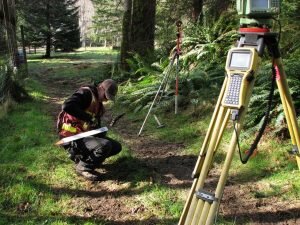 Welcome to our site. We want to provide you with information on Land Surveying in general and specifically in the City of Bryan, Texas, and the Brazos County, Texas area. If you have any land surveying questions, you’ve come to the right place.
Welcome to our site. We want to provide you with information on Land Surveying in general and specifically in the City of Bryan, Texas, and the Brazos County, Texas area. If you have any land surveying questions, you’ve come to the right place.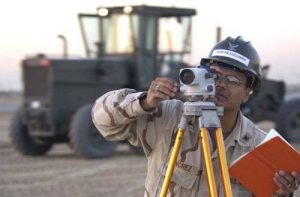 If you need assistance with any land surveying services, our surveyors have the proper experience and credentials. We strive to give good customer service as well.
If you need assistance with any land surveying services, our surveyors have the proper experience and credentials. We strive to give good customer service as well.
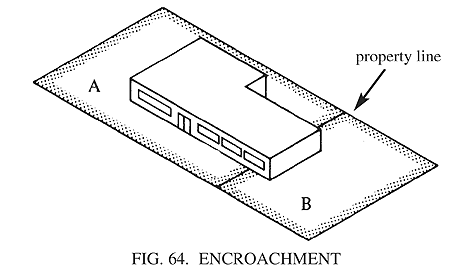
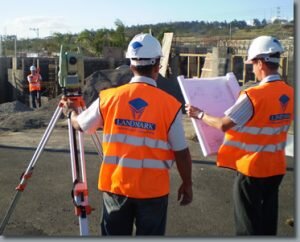 Hiring a
Hiring a 